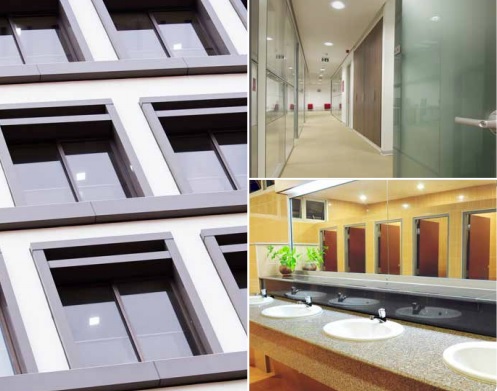By 2050, around half of the total carbon dioxide emissions from the UK non-domestic sector are likely to be from buildings that were constructed before 2020.
While newbuild stock constitutes only 1% of the total building stock each year, it drives thinking across the sector in terms of physical design features, system design and operational practices, and this thinking has an impact on refurbishment options and the operation of existing buildings.
A new report reviews the operational performance of three UK public-sector office buildings designed to achieve energy and water efficiency over the longer term, based on a study carried out in 2010–2012. The study, funded by BRE Trust and the Cabinet Office and the Department for Environment, Food and Rural Affairs (Defra), looked into bridging the gap between designed performance and actual operational performance over a building’s lifetime.
This publication reports the buildings’ environmental performance (energy and water use), reviews consumption trends and concludes with a discussion of the challenges and opportunities for clients and design teams to ensure that buildings are completed, handed over and operated as intended to bridge the performance gap. The results will aid property procurers in understanding the link between predicted and actual performance and help BRE to reinforce BREEAM’s ability to measure issues that affect actual building performance.
The full report is available here.

